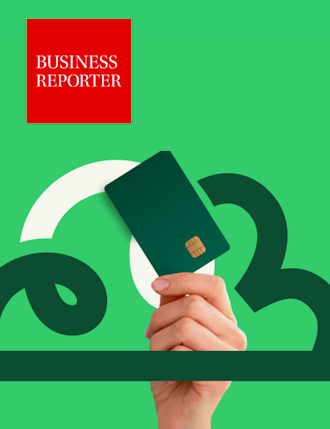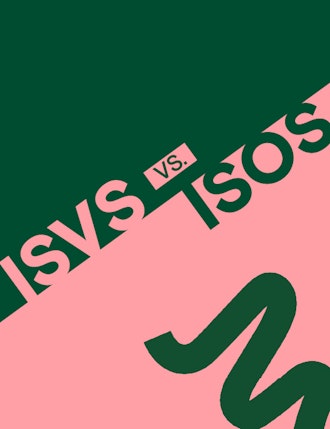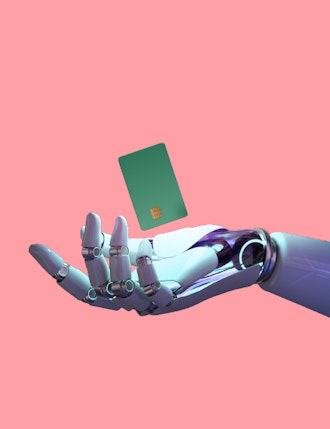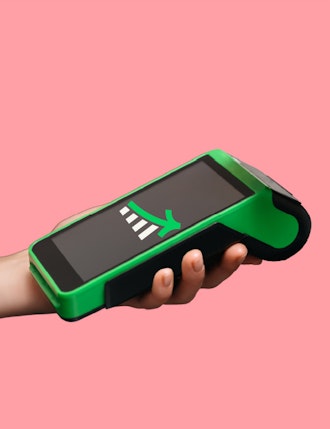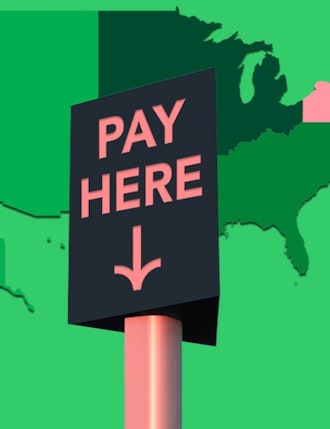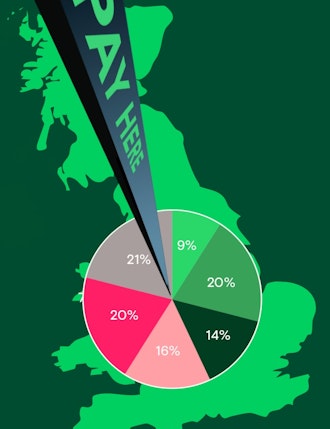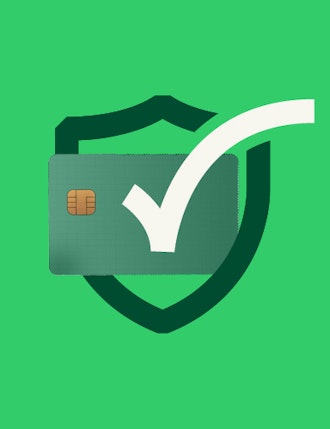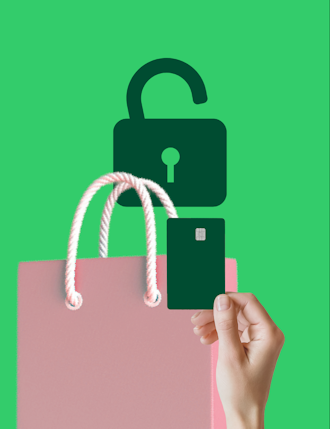By 2026, global e-commerce sales are expected to reach $8 trillion. Let that number just sink in for a while. And with so much money spent online, customers are becoming even more demanding. They require a seamless experience from start to finish, meaning an intuitive payment experience is a must.
To achieve this, all retailers need to enhance their workflows and improve their processes to remain competitive. Payment orchestration plays a key role in this. Yet, payment orchestration software isn’t just focused on online payments. At Aevi, our cloud-based payment platform revolutionizes the possibilities for in-person payments as well. This emphasis on retail remains highly pertinent, given the predominant volume of transactions occurring in retail stores. According to a recent report, POS installations are projected to increase by a third by 2028. Therefore, merchants must be equipped and proactive in anticipation of whatever lies ahead. An in-person payment orchestration platform can serve as a valuable asset in this regard.
What does “payment orchestration” mean?
Payment orchestration means integrating and managing the end-to-end payment process. This can include authorising payments, routing transactions and handling settlements.
It involves connecting to different payment service providers (PSPs), acquirers and banks on a single unified software layer. In a digital-first world, payment orchestration is essential to connect all stakeholders, whether merchants, acquirers, payment processors, providers of alternative payment methods and also providers of data management solutions.
With effective payment orchestration software in place, retailers can grow and scale their businesses in an agile way. It offers the flexibility to design and operate the checkout and payment flow across multiple partners, devices and territories.
Orchestration is also essential if a merchant wants data to better understand its customers or if they want to add loyalty providers or change payment providers. Utilising this software means that different systems from different organisations are seamlessly integrated.
Ultimately, orchestration embodies the essence of flexibility. It encompasses both the freedom to choose partners and the adaptability to customize and manage the checkout and payment process across various partners, devices, and regions.
What are the benefits of payment orchestration?
There are multiple benefits to in-person payment orchestration, including:
- Effective payment integrations
Payment orchestration enables merchants to work with multiple local and global PSPs. If a merchant wanted to offer an alternative payment method, it’s a simple process to connect with a payment service provider offering this, compared to having to connect with a third party on a separate platform.
Businesses can respond rapidly to changes in consumer needs by offering new payment methods – such as buy now, pay later – via a single API connection. Global retailers can also work with both local and international PSPs. - Enhanced revenue
Payment orchestration platforms simplify the payment process and improve the customer experience. This in turn enables retailers to boost their (online) sales and increase revenues. - Reduced costs
By automating the payment process, merchants can reduce operational costs. Using payment orchestration software can eliminate fees for automated transaction routing and reduce setup fees. Due to the fact payment orchestration software can integrate with a variety of different payment providers, retailers can work out the best terms and rates. - Data to better learn about their business
Payment orchestration platforms enable retailers to get better access to real-time data. This can include payment trends and consumer behaviours as well as fraudulent activity. This data can then be used to enhance the payment experience for customers. - Maintain PCI-compliance
As payment orchestration platforms are typically built on PCI-compliant vaults, it means that retailers will be able to ensure they are operating in line with the rules and regulations.
What is in-person payment orchestration?
Online payments are one thing. They have always been digital. In-person payments on the other hand still largely take place on infrastructure that was developed in the analogue era. It has also been designed in a sequential way, analogous to cash payments.
There are other problems too. For example, many financial institutions involved with the payments process have legacy systems which restrict innovation. In some territories, local payment cards are ubiquitous like the Girocard in Germany or Carte Bancaire in France, and come with their regulations. In other territories, acquirers and payment processors can be inflexible and struggle to cater to new payment types.
At Aevi, we aim to make in-person payments as creative as online payments. Our open payment orchestration platform provides the orchestration and the integration for in-person payments, tying in in-person payment with e-commerce. It connects all the different players in the payments ecosystem. We work with merchant acquirers, specialist PSPs, financial institutions and much more.
As the platform is open, device-agnostic and flexible, payments and data can flow through any channels that may be required enabling the entire ecosystem to evolve.
Discover more about our platform and what it can mean for mastering in-person payment orchestration.
Interested in reading more around this subject? Here are some useful articles…



